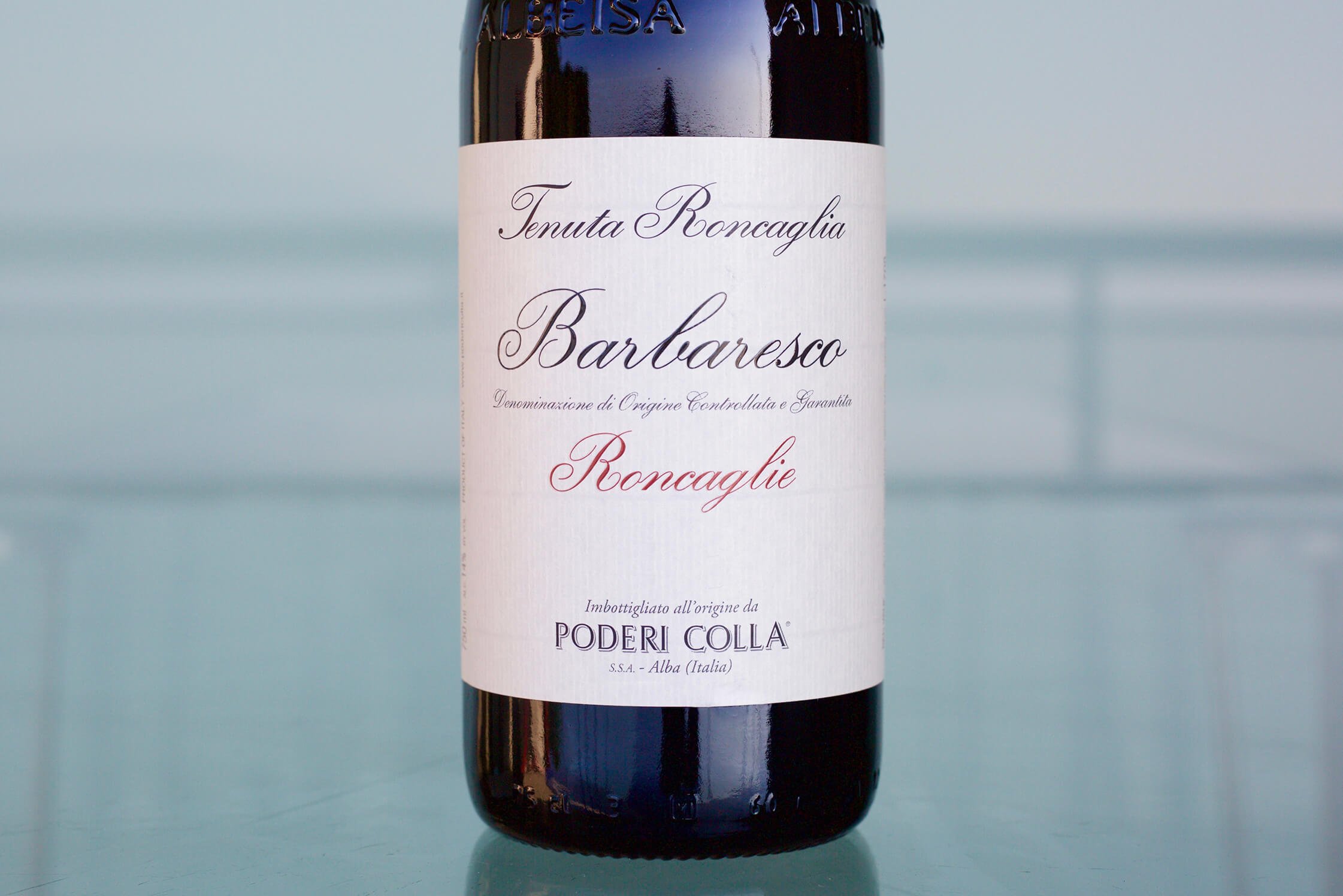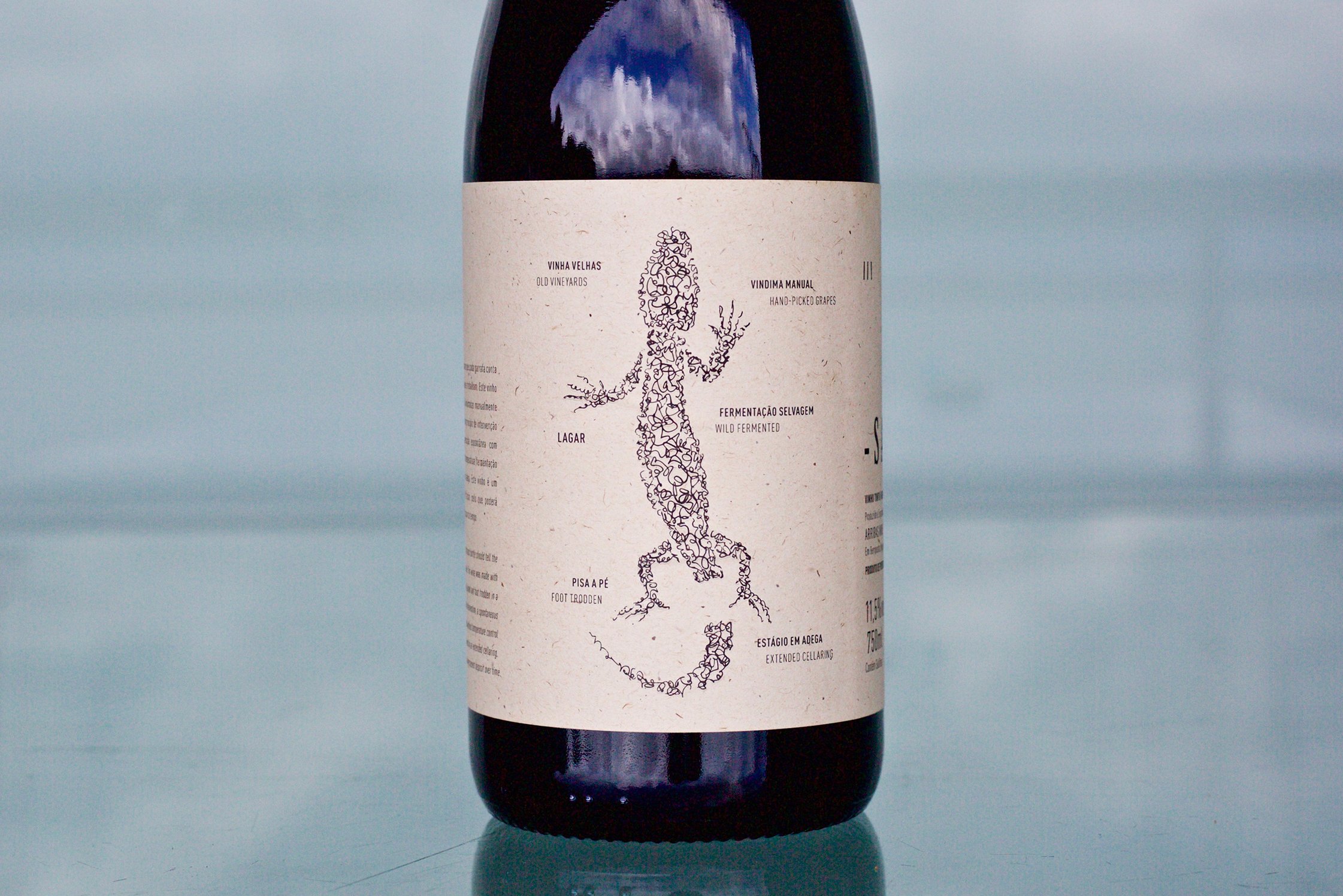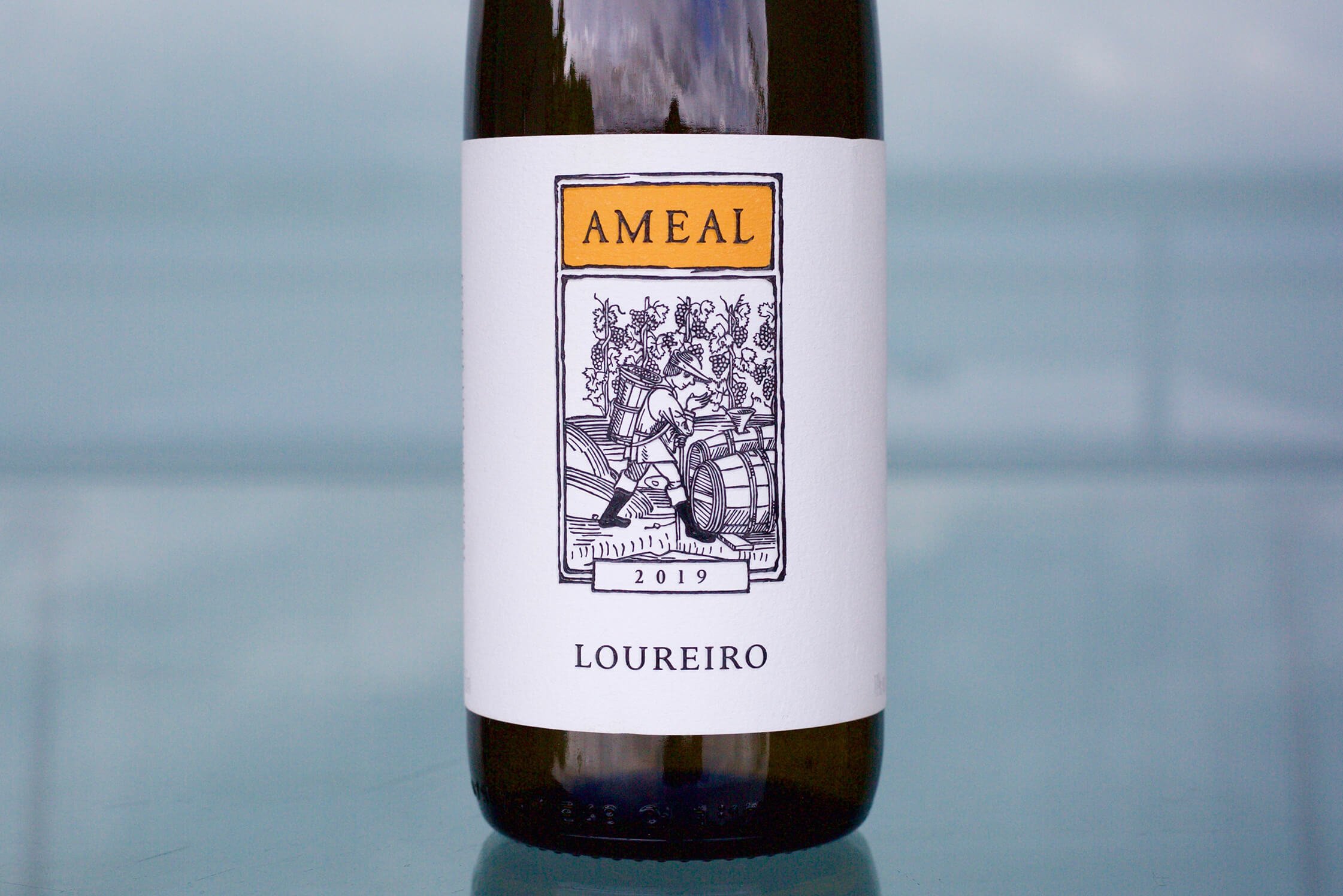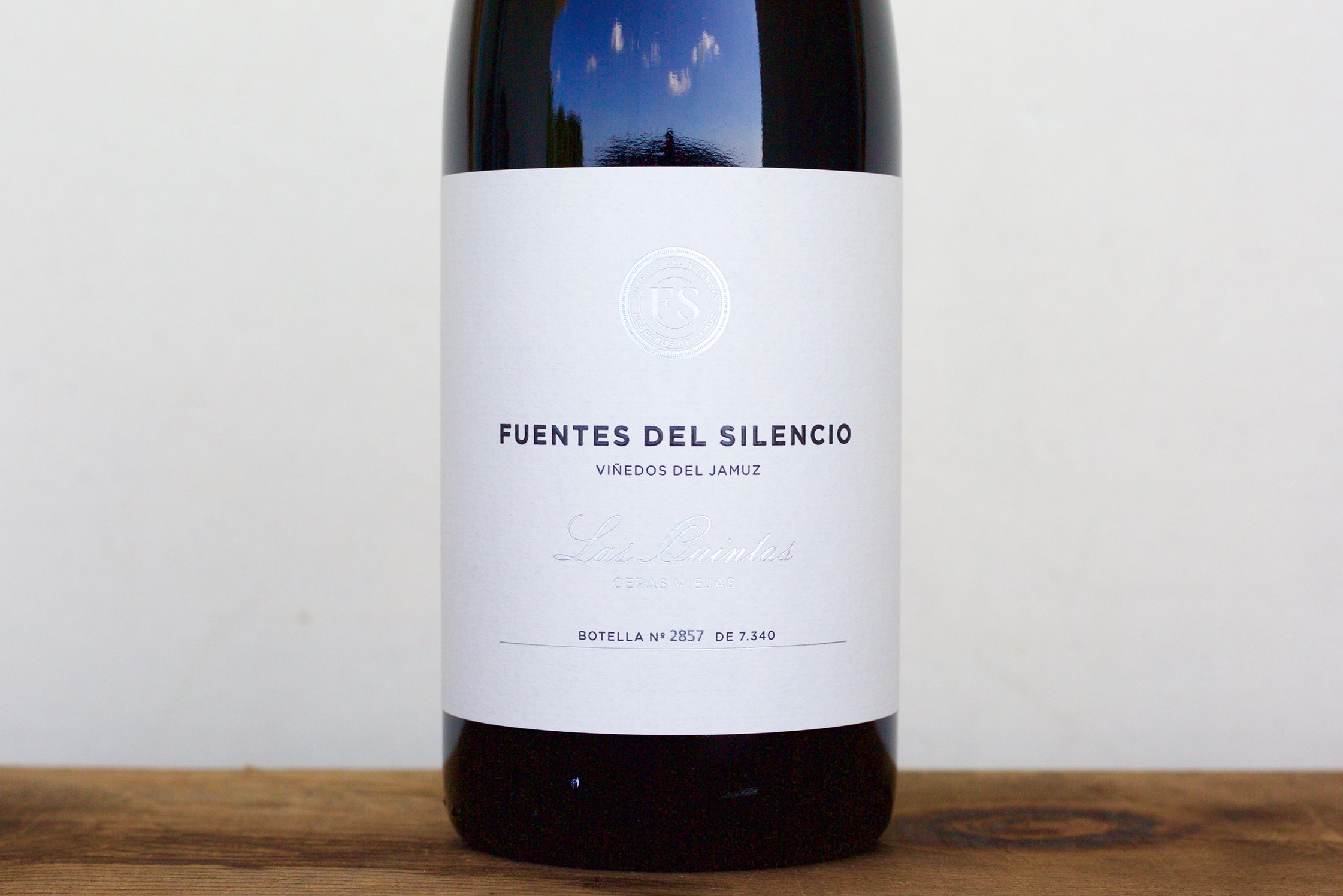
Welcome to the first official Source monthly newsletter. Yeah, it’s been a long time coming! After a tough economic year for all of us in this métier reliant on hospitality, food and wine, we are gearing up for what we hope will be a strong return before 2021 comes to an end. Hopefully you’ve made the best of a pretty dismal situation to expand in positive directions, and not too much in the waistline, like some of us have. During this quiet time, two of our star cohorts at The Source, Rachel Kerswell and Danny DeMartini, separately brought two new arrivals into the world, offspring that will undoubtedly continue their parents’ positive impact on all of those around them, and judging by our Zoom calls, little Simona and Vienna are happy and healthy kids.
I’ve often pondered these pandemic-era newborns and young kids stuck at home, showered with so much love and attention from both parents during their most formative years. I think they’re going to be special kids worldwide, and probably like no other generation in history, who alone may make the troubles we’ve globally endured worth it. By comparison, I suppose we can recall the progeny that sprung from the US during the Spanish Flu, World War I and The Great Depression, those who became known as the “The Greatest Generation.” This new one might be the generational catalyst that provides a strong pivot for mankind and its relation to the earth, led by a deeper well of care, love and gentleness—another thought in the utopian dreams of my optimistic side.
As luck would have it, it’s actually been one of the most personally fulfilling years I can remember, on top of so many others that preceded it, ever since I started snooping abroad for wines to send back home to our friends and customers, so they can pass them on to others as well. We’re happy you’ve managed to hang in there and I hope to see some of you back in the States in a couple of months.
This month we have the 2017 Poderi Colla Barbaresco Roncaglie and our first red wine from the new and exciting Portuguese producer, Arribas Wine Company. The 2019 Arribas Wine Company Saroto Tinto, a blend of a multitude of Portuguese grapes that most people have never heard of, carries a modest price tag for this low alcohol, high energy, ancient-vine glou glou with some serious trimmings. Quantities are limited, with only 50 cases imported to the US. Next year we will get a bit more.
The Collas have the potential to produce a lot of wine from their 6.5 hectares of Roncaglie and 8 hectares of Barolo Bussia Dardi le Rose, alone, without even counting the other two historic estates they own. But to keep the quality as high as possible, they sell quite a bit of wine made from what they deem to be lower-tier parcels from each specific vintage. This keeps the Barolo and Barbaresco sourced from the best interior plots. Sometimes all the plots render gorgeous wines but some will still be sold off to negociants because the Collas haven’t built a market to support the sale of the potential maximum quantity from their Barolo and Barbaresco vineyards.
While I know what I am about to say goes against every sales pitch containing an illusion of scarcity for a particular wine or producer to build demand, I will pivot with Colla when I say that it is my personal goal to make sure that not a drop of this most-deserving of family’s gorgeous wines is ever dumped into the river of innocuous bulk wine from the negociant industry. The Collas are the quiet family who makes the least noise at industry gatherings, who humbly waits for someone to step away from the growers behind the loudspeaker and into a different scene where the wine does all the talking, after which they thank you for stopping by to take a taste. These wines are available to us and it is our unapologetic intention to get them in as a regular fixture within many restaurant wine programs where we want to ensure that they have reliable opportunities to reorder as much as they need, instead of sticking them with only a single case. We want these wines to be solid workhorses in as many places as possible, to spread the joy, and so that those that are in fact relatively rare aren’t depleted too quickly.
While 2016 is a hard follow (as are the Barbarescos from ’15, ’14 and ’13, on their own merits) this softly sun-touched 2017 Barbaresco Roncaglie will keep up the Colla’s winning streak and surprise most who haven’t yet realized that they are an institution of consistency. My last personal bottle of this wine that I opened just a week ago was simply stunning. A bright and upfront Verduno-esque nose jumped out of its extremely inviting, high-toned, pale reddish/orange color. It was so captivating that it took some time to simply unhinge my nose from the glass to even take my first sip. But, take my advice when I say open it up thirty minutes ahead of time and draw out a touch of wine to get a little microoxygenation working before serving (without necessarily decanting the entire bottle) to let it find its footing on its high profile Barbaresco cru tannins, which seem very stern initially but somehow quickly resolve into refinement with a newly found supple mouthfeel that is hardly even recognizable from the first sips.
This is simply a wine not to miss if Nebbiolo with more pleasure than pain is on your horizon—if you can leave it alone for that first half an hour!
Within only a short time after opening (while being served with the right food, as it should be with any wine like this crafted for a place at the long lunch or dinner table) the palate and nose begin to become one. Pietro Colla is an impressive young craftsman and his grape-growing team, spearheaded by his father, Tino, continue to deliver on the promise of their historic family’s success. I’m simply impressed by this wine and like so many other Colla wines before, it surpasses my already high expectations for this spectacularly talented Barbaresco cru.
Every year the Collas do superb work. Their wines are clean and aromatic, appealing in their youth, but without sacrificing their cellar worthiness to mature, to stretch, to broaden in complexity and narrow each nuance into a harmonious ensemble of finely struck chords. The critics also took notice in 2017, and they seem to have come to understand that Colla’s wines always show up no matter the hardships and complaints of any given year. There’s three hundred years of passed-down knowledge at play with the Collas, and it’s obvious year in and year out.
The new and youthful Portuguese winegrowers, Ricardo Alves and Frederico Machado, are at the beginning of their lifelong path to play their part in the rediscovery and redefinition of the unique Portuguese wine region, Trás-os-Montes. In two short years they’ve already made waves with the local administration by creating wines dramatically different from the rest of the region, with very low alcohol, low extraction, high-altitude field blends with sometimes as many as thirty different indigenous grape varieties, as it is with the red wine we started with, Saroto Tinto. Interestingly, just last month they were awarded with “Revelation Producer of the Year” by Wine Magazine. They have other very interesting wines in the range, but Saroto sets the pace for pleasure, intellect and authenticity, at an extremely fair price. The demand for their wines in Japan and Scandinavia is already gobbling up their stock faster than we can get around to buying it. Look for Saroto’s release toward the end of March. The quantities are limited, at 50 cases for the entire US market, and the new vintage won’t come in until much later in the year, which will include their white (orange wine) and a few other higher-end very compelling wines—tastes you may not have experienced before with this enormous mix of grapes and talented terroirs. We’re extremely excited to be a part of their story now.
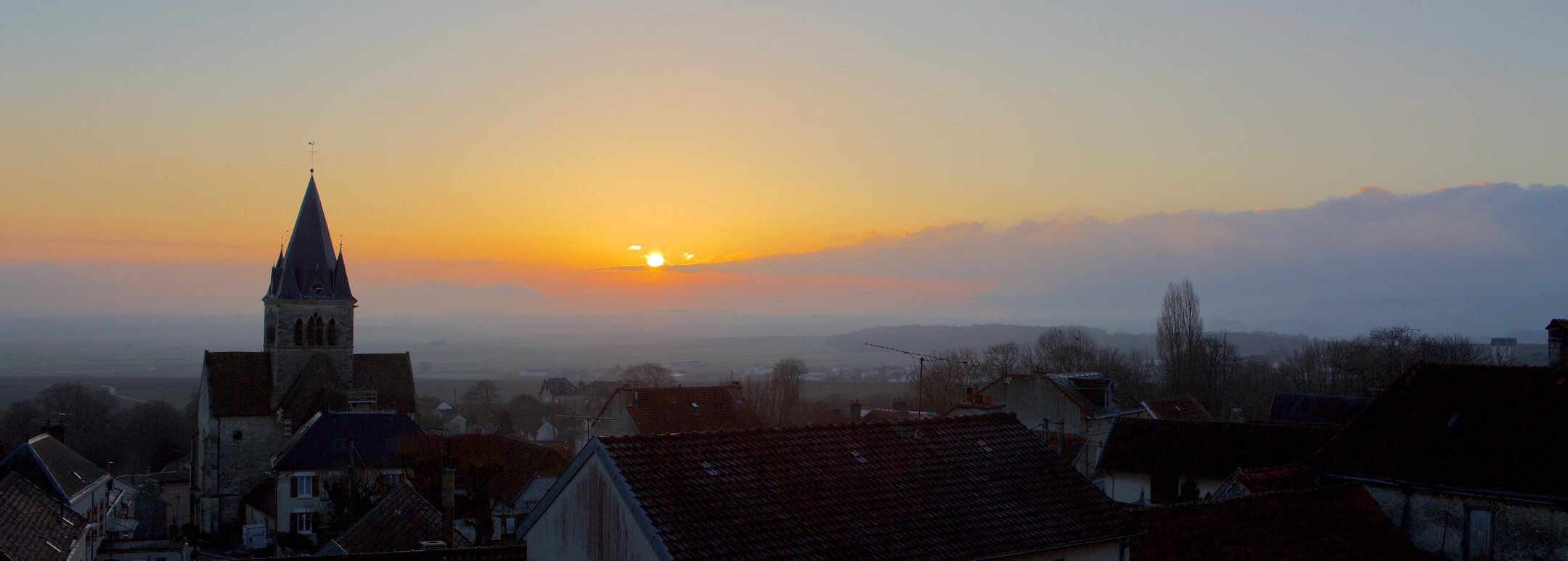
What a time to turn over rocks in Iberia! You’re going to see a lot of new things continue to roll out of this area in our upcoming offers and sample bags, and our selection of wines from its colder parts in the north has particularly blossomed. Personally, I feel extremely lucky to have the opportunity to represent such wonderful people making such compelling wines so new to me in a multitude of ways. The benchmarks are all spoken for, so naturally we’re hitting the next generation of winegrowers. The youth in these parts seem infected with a generational ailment whose cure seems to be to get out of the city grind and into the countryside that many of their parents and grandparents vacated in that last century, to get away from the relentless economic woes Spain hasn’t seemed to be able to shake since the sixteenth century. And they’ve come to restore ancient abandoned or neglected vineyards, or in other places reset with new plantations of ancient masale selections of hundreds of grape varieties most of us have never heard of. Over the last four years, we went from one producer in this area to four, to eight, to now fifteen and counting; my sample room is constantly full of new things to explore and most of them are suggestions from the growers we already work with!
In all the years of doing this work I am pleased to report that I have never been happier with where we are (despite some of the pandemic’s ramifications) and where we’re going. I’m genuinely excited and ready to return with the spoils given to us by our supporters, those who believe in our efforts and “finds,” and to do our part to contribute to the narrative of Northern Iberian wine. We are learning so many new things that we want to share, just as we’ve always done.
Some new names to add to our exclusive national portfolio: Augalevada (Ribeiro, ES), Fazenda Prádio (Ribeira Sacra, ES), Bodegas Gordon (Jimenez de Jamuz, ES), Menina d’uva (Trás-os-Montes, PT), and César Fernández Díaz (Ribera del Duero, ES; previous job was at Comando G). There’s too much to say about each of these new producers in one newsletter, but when they start to arrive you will certainly hear more. Iberia has some of the most exciting depth of discovery in the wine world, and most of the heavy lifting is being done by the most recent half of the Iberian Gen Xers, followed closely by some Millennials.
We’ve also picked up some new and thrilling growers in Italy for California and some other states. In Alto Piemonte, we’ve scored with Davide Carlone, from Boca. There is a new horizon for this already talented and continuously evolving winegrower, and that is that Cristiano Garella, our longtime friend and cornerstone of this entire region’s mega growth spurt over the last fifteen years, is now advising Carlone. Carlone brings our tally in Alto Piemonte to four, with Ioppa (Ghemme), Zambolin (Lessona, but labeled as Costa della Sesia), and Monti Perini (Bramaterra). Carlone’s wines will arrive in the late summer/early fall.
Up in the alpine foothills of Lombardia, Enrico Togni, a former law school student who left man’s academia for nature’s bounty, is crafting some very interesting naturally grown wines on steep, acidic rock terraces. The first two wines I tasted, a 12% alcohol, dainty but deeply substantial and aromatic Nebbiolo, and a lightly extracted rare red grape, Erbanno, were an exploration into another dimension of alpine red wines. Enrico’s earlier years were marked by a more untamed naturalness and have now matured into something quite nuanced and cleanly crafted. The high CO2 content at the start, left in place during the aging and bottling so as to use as little SO2 as possible, takes some management by decanting, or with a vigorous aeration and some patience to follow. Once through the gas, the wines are striking, emotional and original.
I tasted the wines over two days and the second day was even as good with both, although it was hard to stop drinking them on the first day to save a little for the next for curiosity’s sake. He also makes two different sparkling wines, one from Barbera and the other from Erbanno; both are interesting and, not surprisingly, very good. All of his wines are bottled under a combination of both of his parents’ familial names, Togni and Rebaioli, and will arrive in the third quarter of the year. The quantities will be very limited.
We’re happy to announce that the nicest guy in a country of some of the nicest people on earth, Michael Malat, will be rejoining us (in the California market only) after a year and a half away. We’re going to reboot the program with his 2019 vintage, a stellar year for Austrian white wines and clearly Michael’s new gold standard. In this year he added Pfaffenberg to the roster from across the river, on the north side. I had a bottle and Andrea (my wife) and I almost snuffed it inside of an hour before we realized that we were well outpacing our dinner. Everyone on staff is excited to have this special guy back on our team. The first set of wines should arrive at the start of summer.
It’s long been an aspiration of ours to bring the voice of our talented wine team to a broader audience. With a strong passion for wine, food and European culture, they are all well traveled in wine country and speak from their own personal experiences on wines that were love at first sight, and many others that slowly grew on them over time and then developed into some of their favorites. All of us wine people are on a constant path of evolution and the things that interest us today may not be as interesting tomorrow. Our team has been invited to write each month for our newsletters about any wine that was a true highlight for them over the last month.
by Rachel Kerswell
National Sales Manager & New York Lead Salesperson
It’s been some time since I cracked a bottle of Loureiro from Quinta do Ameal. While impatiently enduring this New York winter, I often find myself reflecting on this special yet unpretentious Portuguese white wine. One could say it’s simple in some ways, but its versatility around food and profound sense of place can set this wine up to be as deeply meaningful and emotional as any other.
In 2018, during a sunnier-than-usual Iberian Peninsula autumn, I was visiting Ameal’s restored, ancient quinta in the Vinho Verde’s Lima Valley. Over lunch—a perfectly premeditated assortment of deeply-flavored fare, clean and full-of-life local vegetables and an abundance of fresh Atlantic seafood —we shared several bottles of Loureiro dating back fifteen years. I’ve been fortunate to experience vintages of this wine as far back as the early 1990’s with the now former winemaker, Pedro Araujo, and though they are all captivating in their own unique way, it is typically the younger vintages that steal the show for me. In its youth, Quinta do Ameal’s Loureiro is etched and incisive but its natural tones of sweet fruit keep it from being abrasive. Pedro raises the wine entirely in stainless steel vats, which keeps its purity and maritime salinity intact.
by Danny DeMartini
Northern California Lead Salesperson
Fuentes del Silencio’s Las Quintas hails from villages on the high plains surrounding Herreros de Jamuz, an area with ancient abandoned vineyards with many that predate phylloxera. It’s made predominantly from Mencía, with a little Alicante Bouschet (Garnacha Tintorera) & Palomino. Mencía from Jamuz enjoys a very long growing season, high altitudes (the highest average elevation where Mencía is planted in Spain), cold air currents, and poor soils composed of fine grained silty sand. The combination renders balanced wines with stunning elegance and complexity. Light tannins and expressive fruit are perfectly juxtaposed with raw, earth-driven spice and aromatic lift. Las Quintas stands apart for its immediate appeal and elegance as well as underlying depth and brooding complexity. This wine perfectly illustrates the felicity of Mencía within this region.
by JD Plotnick
Southern California Lead Salesperson
I recently had the pleasure of taking out samples of Poderi Colla’s current releases, and while I expected to be enamored with their excellent Barolo and Barbaresco crus, I was reminded just how fantastic their “basic” Nebbiolo d’Alba is. Several years ago when I was tasting and buying wines with Lou Amdur at his eponymous wine shop in Los Feliz, we were constantly searching for affordable nebbiolos that were expressive, floral and aromatically compelling. Things that, to us, tasted like “real nebbiolo.” Most affordable nebbiolos, it turns out, are rather boring. Not necessarily bad, just not exciting. An annual favorite of ours was always Brovia’s Nebbiolo d’Alba, but the problem with that wine (and every other nebbiolo we seemed to fall in love with) was that we could only get one to two cases per year; clearly not enough to work with year-round. When I started working with The Source and tasted Colla’s Nebbiolo d’Alba for the first time, I immediately thought that this was the wine I had been looking for: an organically farmed, beautifully expressive nebbiolo that is actually affordable and in decent supply, it’s uniquely approachable when young, and bursting with all of the savory, umami nuances I look for in great nebbiolo.
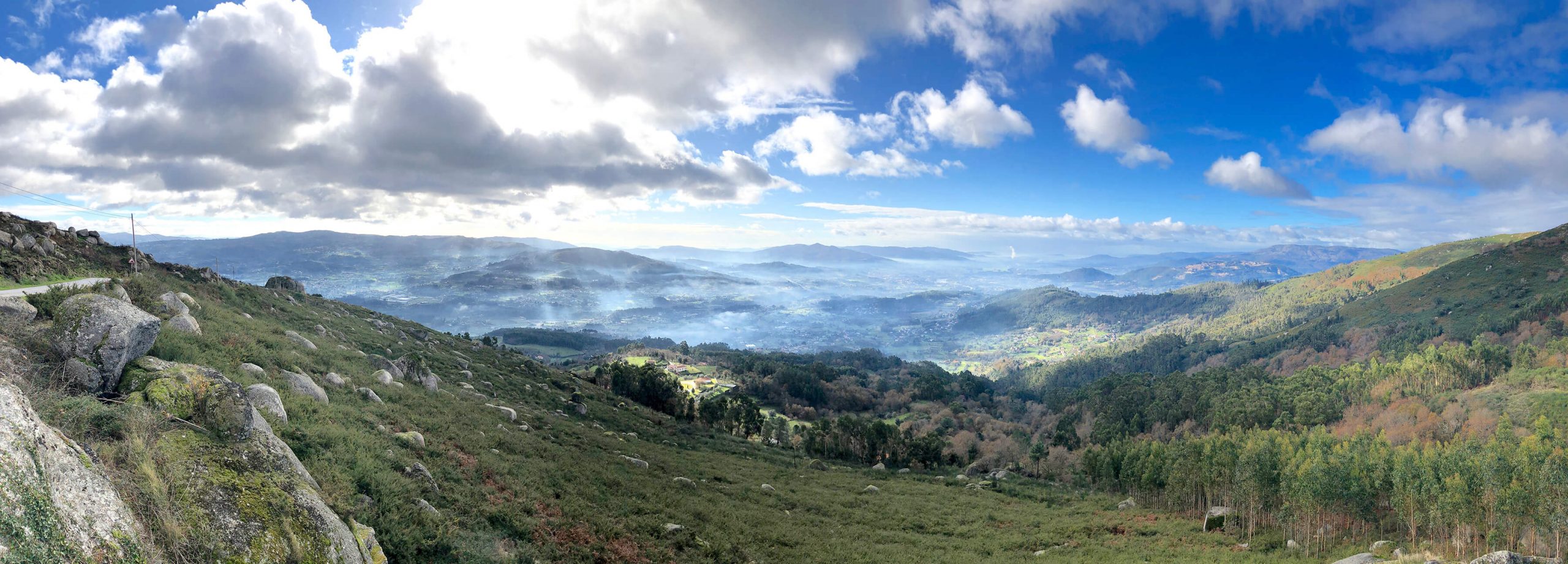
Andrea (my wife) and I moved to Portugal two Decembers ago after a chaotic and eternally memorable year in Italy’s Campanian coast. We got out of Italy just in time for the pandemic to drown the world in despair, starting with where we’d just left. Our Italian friends said their parents regularly commented that Italy’s draconian confinement was like the confinement during wartime years, and there’s still a big group of old Italians who know all about that, firsthand. We miss the ferry rides from Salerno to all of the Amalfi Coast fishing villages and the warm, salty Mediterranean, the endless supply of anchovies and spectacular seafood, bufala mozzarella and fresh ricotta from Vanulo; and then there’s the epic summer infused pastas and the real deal Napoletana Margherita pizzas for 3.50€ to 4.50€—so basically, free. Food and wine writer, and dear friend, Jordan Mackay, regularly says, “It’s hard to get a bad meal in Campania.” There were too many good ones to count and there’s hardly evidence of a bad one within the neurological scramble of my brain.
We couldn’t have picked a more civilized modern country to hide out during what has been for so many a difficult and cruel time. The Portuguese took it in stride and without panic; the middle-aged and senior population of the country just got free from a terrible dictator fewer than fifty years ago, so they’ve seen much worse, in different forms. The Portuguese are special people (as are their ancient, gentle kin across the border up in Galicia) and they’ve done nothing but welcome us to their country and help, help and help some more. We’ve already made great friends—true lifers, these ones—in the wine industry and outside, too.
This year was my most academically focused year to date. Italy was a solid gearing up to my output, but I feel I’ve found a stride on some new level. So much study and research, and boundless time to work uninterrupted on my writing and English and local language skills, which have been as enriching as anything I’ve done before it. (I never went to University, but I very much crave education.) I know I’ve progressed from where I started six years ago when I penned my first short essay about a thirty-hour awakening through a bottle of 2009 Pierre Overnoy Poulsard I nursed alone that finally ended in disaster—that is, the bottle was eventually empty… But with the turning of each page in books by literary luminaries, a lifetime of strong headwinds has been revealed to me, an endless—and welcome—intake of humble pie all the way to the end.
Language has always been of interest to me. After flailing with Portuguese for the first six months, I knew I needed a stronger base. One day, after envying Andrea’s easy assimilation (she’s from Chile), I asked her how much of Portuguese is only slightly different from Spanish. “Maybe 80%?” She said. So I was doing it wrong… That prompted me to immediately dive into Spanish, a language I knew would be the easiest for me after many years of studying French, followed by some dabbling in Italian. It was the right move. Portuguese will likely be a painful slog, but the Spanish is already breaking through the Portuguese cloud in my head. Reading Portuguese is easy if you have a decent grip on another Latin language, but as I try to make sense of the spoken word, it could just as well be Ukranian. People—non-Portuguese people—say that Portuguese is like a drunk Russian trying to speak Spanish, with which I would heartily agree.
Andrea and I got out a few times when Europe completely opened up to countries inside the EU. We know that restrictions have been different everywhere, and during this last year in Portugal we’ve been on lockdown for nine out of the last twelve months with everything proposed to continue until the end of this April. Once California’s restaurants shut down, our company’s cash flow did the same, and we all hunkered down and began the hibernation.
Trying to pay bills during this time was like trying to propel a dingy without a paddle, and because they weren’t small, I didn’t think it wise to post our meanderings on social media; otherwise my new strategic location could have been a terrible oversight: it’s a lot easier to reach me during a pandemic from France when I live in Portugal than when I’m in California! All of us needed some refuge from the pandemic, and when we were given permission we took advantage of it.
The highlights of our brief opportunities to get out while the restrictions were lifted across Europe started with a twelve-day drive across Spain’s north coast in July. We started in Galicia, and then made our way through Asturias, Cantabria, País Vasco, and the Costa Brava for a week in Sant-Feliu de Guíxols. Between Sant-Feliu de Guíxols and S’Agaró, on the Platja de Sant Pol beach, there’s a restaurant with a decent wine list and fabulous food with the little bay in front, a perfect Spanish stand-in if Fitzgerald had chosen to set Tender Is The Night in Spain instead of the Côte d’Azur.
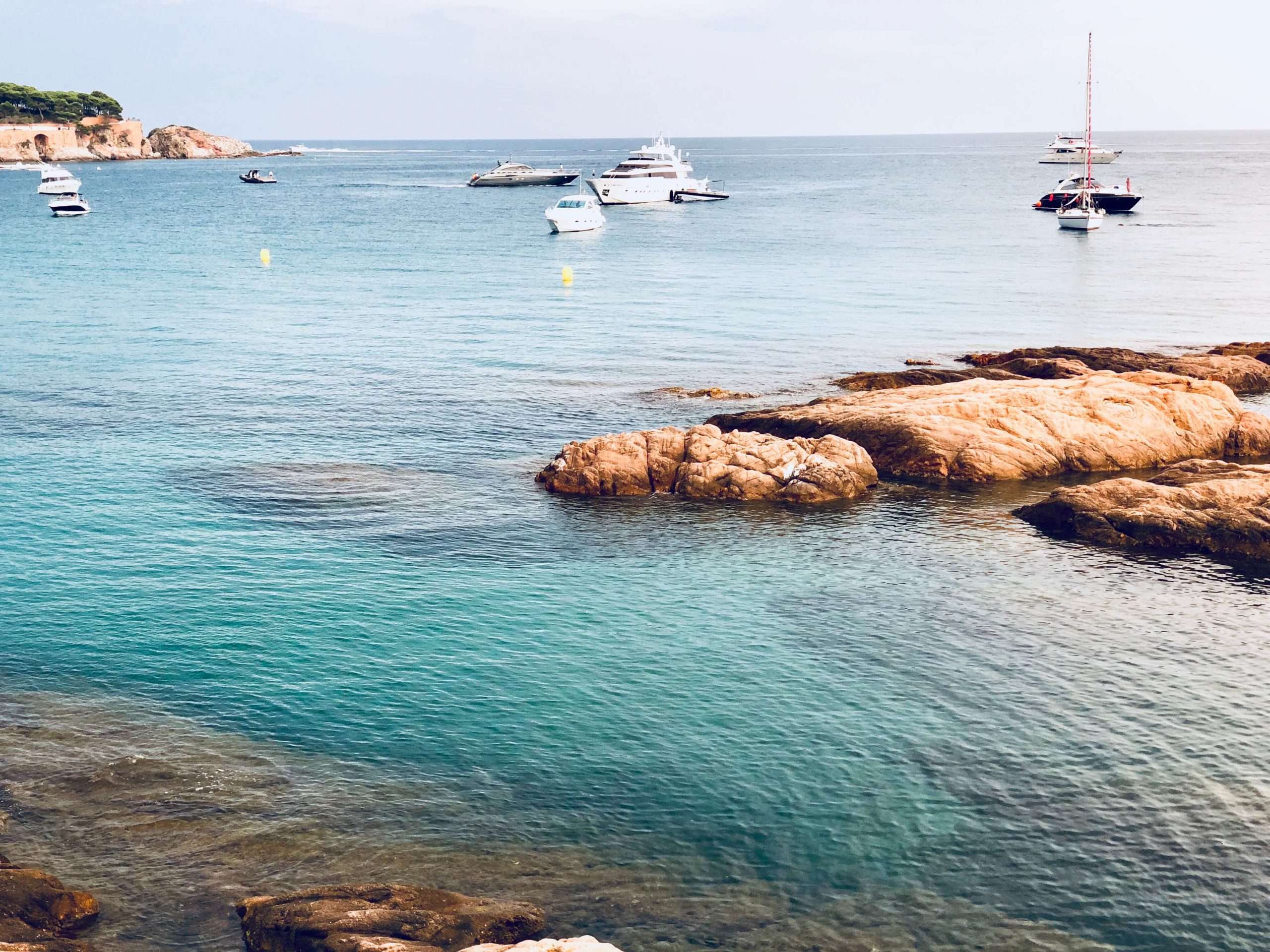
The restaurant tour along the north coast was altogether wonderful, and felt like one generous gift after another in both food and wine. The dream candy goes to the Asturian coast, a place that is unique and almost surreal; some places felt like you were the first and only person to ever set foot on that section of the beach, crag or cliff.
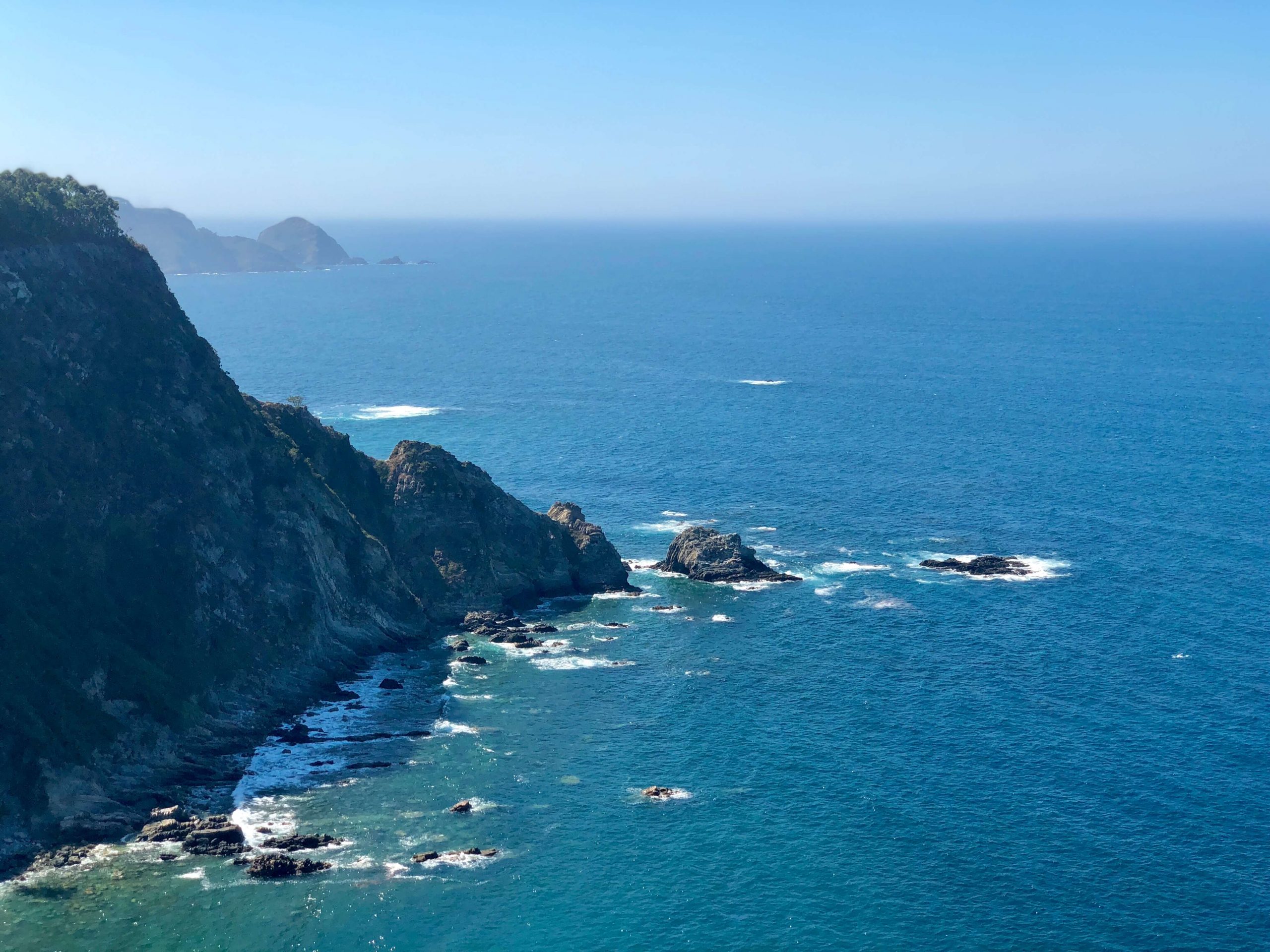
If there were ever a countryside that could give me courage to extract a novel within my lifetime, that coastline might be the place. One could be brought to tears, just as my sister, Victoria, was the first time she walked into the piazza of Italy’s famous Amalfi Coast mountain town, Ravello, with the limestone cliffs and the view of the turquoise sea far below; the sheer natural majesty of some places in the world can sometimes be overwhelming.
While the EU lockdowns were lifted and the borders still open until early October, we went to visit our good friends, Max Stefanelli and Francesca Sarti, from the Terroni Restaurants in Los Angeles, who unexpectedly committed to a yearlong sabbatical in Bologna with their three kids in tow—so young they are, all five of them! Sadly, they decided to close their downtown location permanently and were in need of a moment away to reset. The tickets were already booked before we got off the phone with Max when he broke the news. It was the first time for both of us in Bologna (what a terribly overlooked city!), Modena and Venice, and we didn’t want to leave as Max drove us back to the airport some days later.
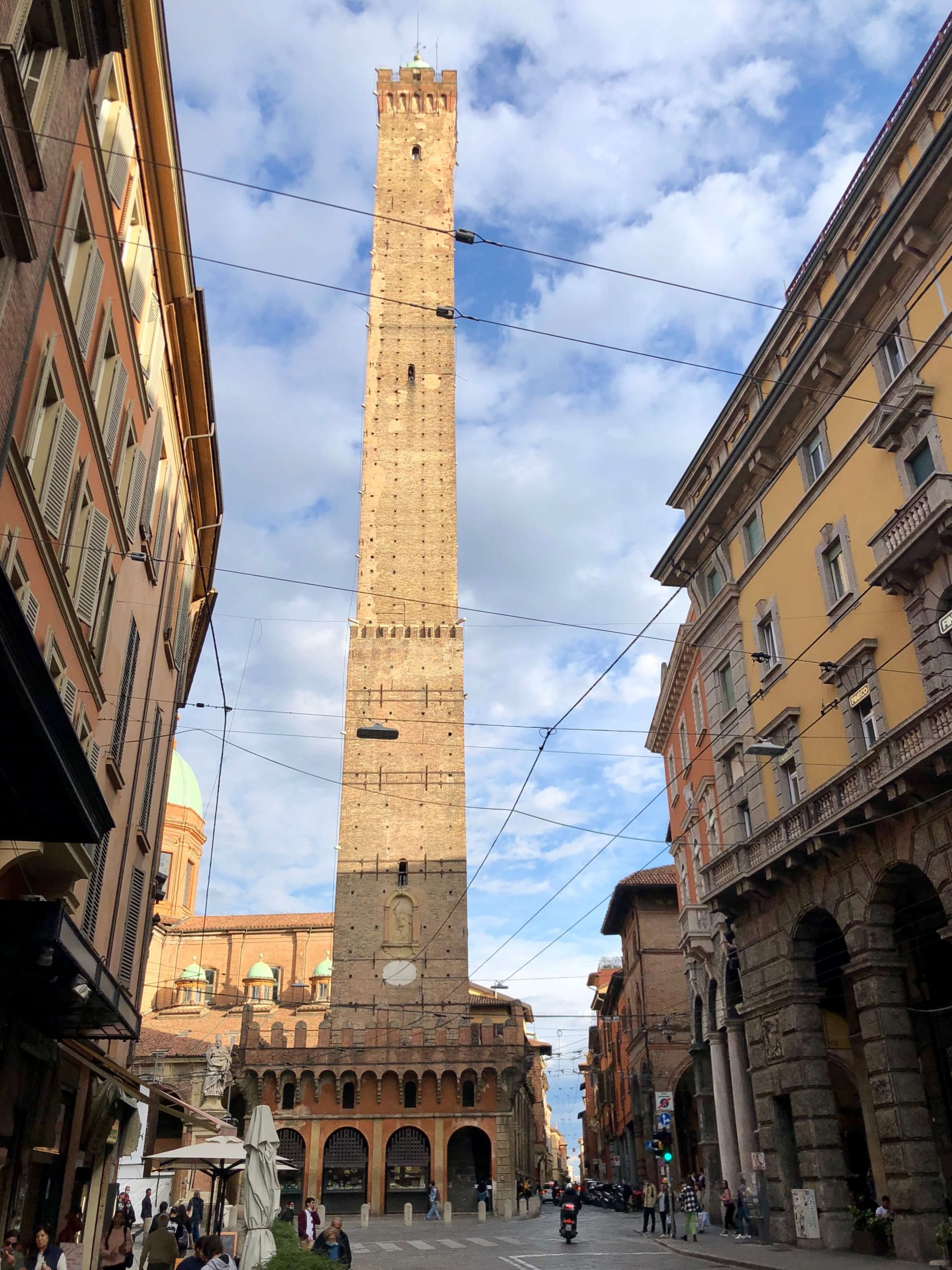
We stayed at the famous Hotel Principe, close to the train port, in Venice. The clerk’s light blue eyes nearly fell out of his head when we passed our two American passports underneath the newly installed protective glass. Aghast and giggling like a schoolboy meeting the couple on a poster in his childhood bedroom for the first time, he explained that these were the first American passports he’d seen since March.
It was the end of September, and this was probably the first six-month stretch in any Venice hotel since before the spring of 1945 without a single American occupying a room even for just a night.
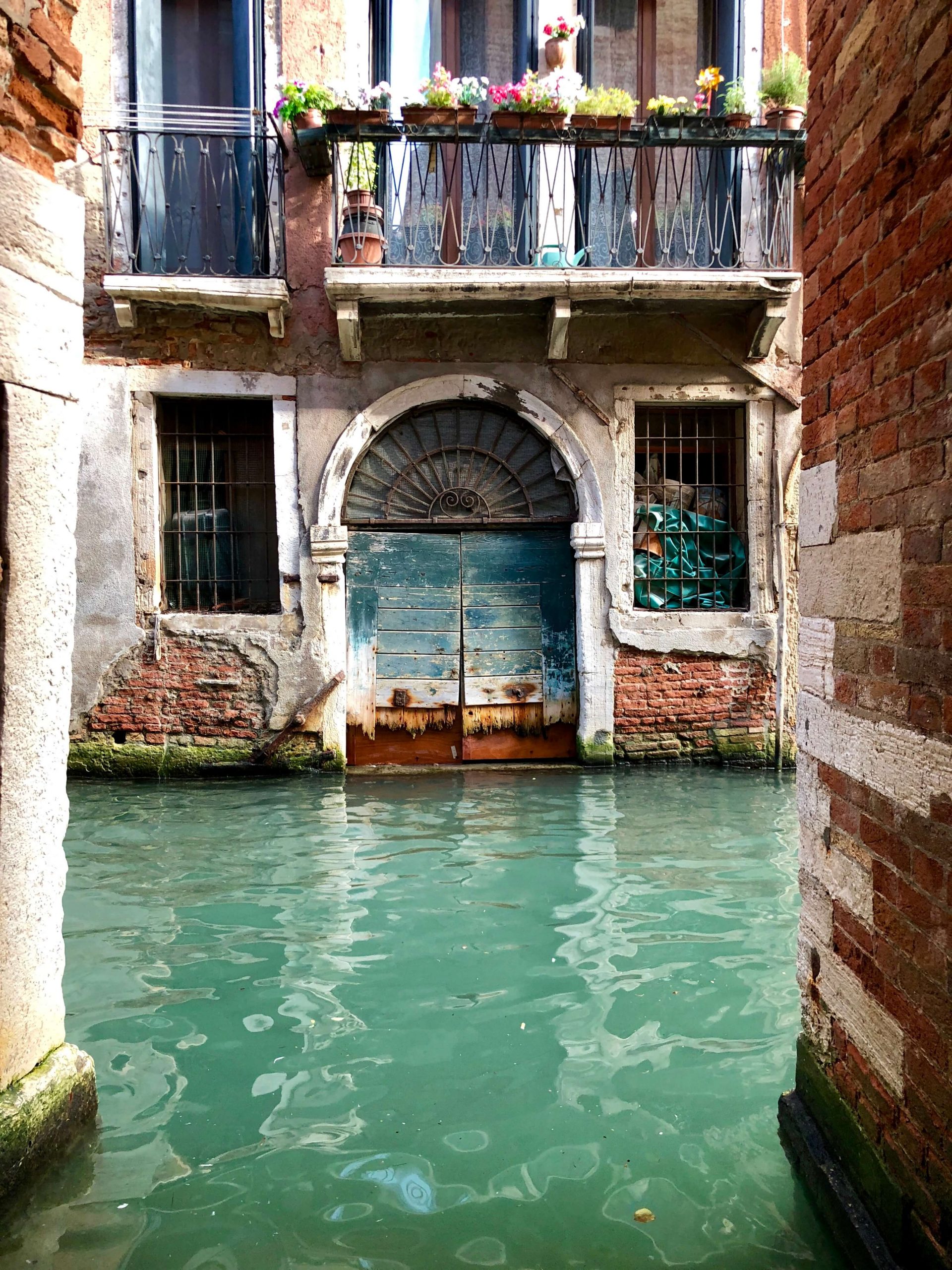
We saw the world’s most famously overrun tourist city—the world’s living museum—with only the company of European tourists; no boatloads or droves of busses with foreigners on a speed tour with all their memories being captured in their phones instead of their minds. On the streets it was calm and surreal at night, and quite busy during the daytime. It seemed like a different pandemic already wiped out a lot of Venice before we arrived, and that I was the only American (Andrea is Chilean) in the entire centro storico. I felt a little like I wasn’t supposed to be there, like I’d entered a new Forbidden City. Even the gondoliers, suited up just like the postcards promised, were begging us to take a ride. On one of the three nights there, only two people and a couple bands of pigeons shared the entirety of Piazza San Marco with us under the moonlight and the platinum and gold reflections of the piazza lights on the wet rock floor with the fresh, muggy, and salty Adriatic breeze. Venice is almost an unbelievable place, like something out of fiction, like it can’t possibly be real. Like many cities at night during this pandemic, at some moments Venice was all for us, and that was even more unbelievable. ■

